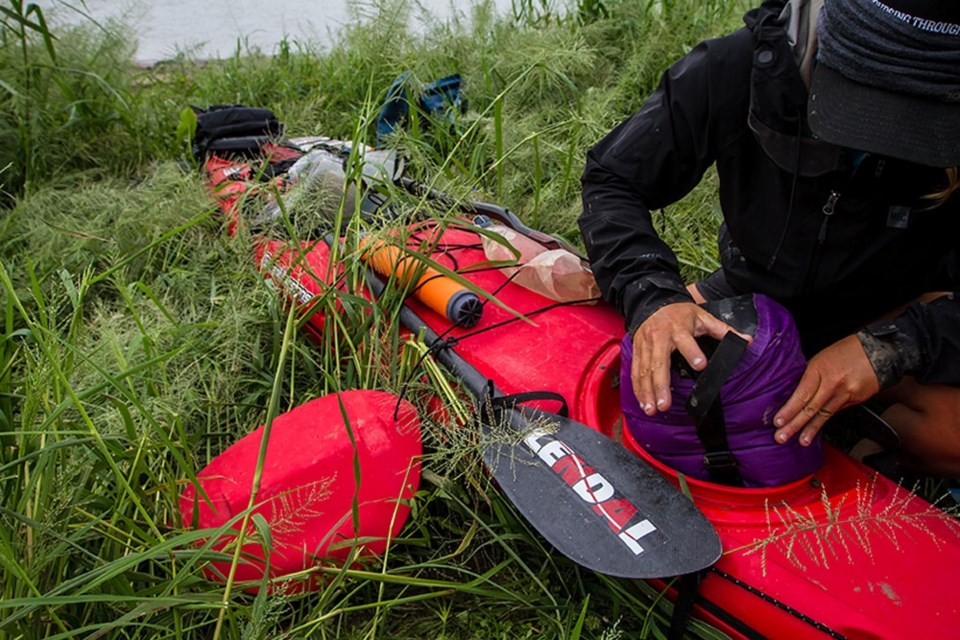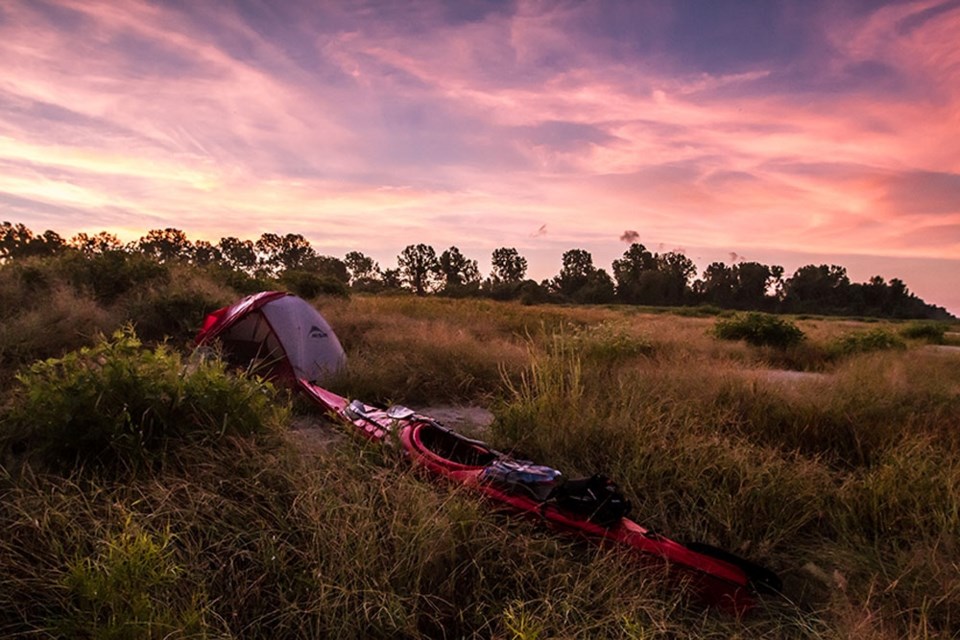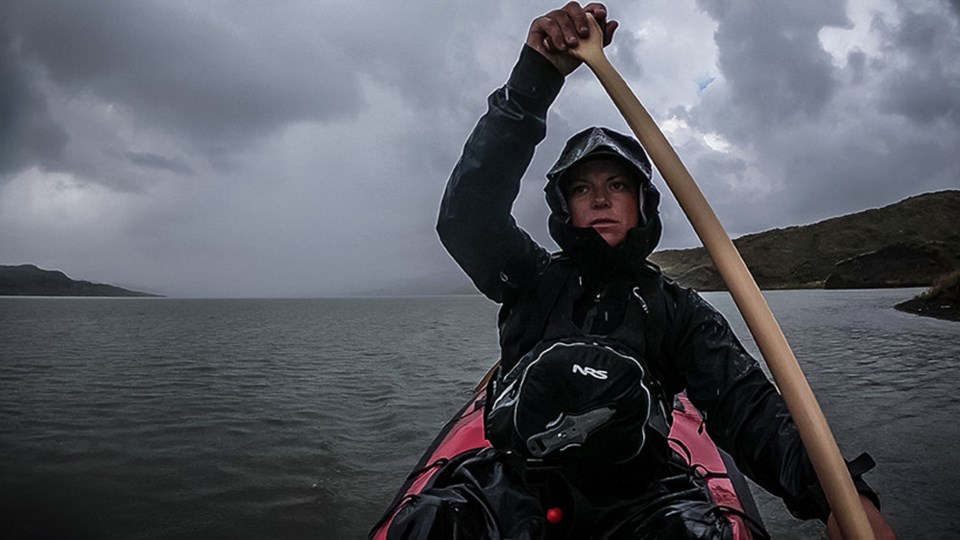On April 28, it will have been a year since Squamish's Jillian A. Brown first put her paddle in the waters of Oregon in an effort to become the first Canadian woman to canoe across the U.S. She's come a long way since then — more than 6,500 kilometres, to be exact.
Brown when she was hired to document a long-distance canoer's journey through her writing and photography as they retraced Lewis and Clark's expedition. Her years on the water, paddle in hand — she had already paddled across Canada and all of the Great Lakes — made Brown a natural fit, even though she only met her travel companion days before they set out.
"The goal was to reach Miami, Florida, and it was supposed to take 210 days. As often happens on trips, unexpected things happened," Brown said, reflecting on her the expedition.
Five days in, the canoe cart broke. Then, with the spring weather, portages grew from one mile up to 16 miles long. There were 23 portages, including over the Great Divide (on a broken foot, no less).
"There were tonnes of factors, but it was so beautiful. That overshadowed everything else," she said. "Every time I go back and start looking through the photos, it's overwhelming how much I've forgotten already about the beauty I saw, and the people and the cultures."
On the hundredth day of the voyage, Brown decided to document from a separate kayak, and a new paddler joined the canoe.
"After 100 days, the person I considered a teammate didn't view me as one. They were angry I was getting any sort of recognition because it was their trip, I was just there to document. Which was really hurtful," Brown said. "I'd been paddling just as much as them, I had been doing just as much around camp and then I'm also doing all this documenting and dealing with the sponsors."
The trip was cut short one morning when Brown woke up in her tent to a text that told her if she wanted to finish the expedition, she had to do it alone.Ìý
So Brown carried on — now solo — for more than a month. On the first day by herself, Brown came across three veterans who had also started their journey as strangers. They took her under their wing for a few days.

"It was perfect timing to run into them right then, and for them to show me that camaraderie," she said.
While it was frustrating to be left behind, it was important to Brown to continue the trip as far as she could go. Being alone forced her to trust her own ability even more, and allowed her to make the experience her own.
"It was great because I had control at that point. I'd get to shore and just strip down, go skinny-dipping and just enjoy the feel of complete freedom. But to go and lay in the tent when you know there's a wild boar out there and it's just you, that's a little bit more nerve-wracking," Brown said.
"You always sign up for the unexpected. That's it for expeditions like that. It's never going to go perfect."
Without solar panels to charge her phone and only a few paper maps left, she was prepared only to Baton Rouge, Louisiana, where her trip ended after 150 days.
"Not quite the goal, but it was still a first for a Canadian to do that," she said.
In total, Brown travelled through 16 states. It took her another month to get back home, since the return trip was supposed to be covered by her employment.
"That was the highlight of the entire trip," she said. "The kindness of strangers was overwhelming. I've stayed in touch with every single one of them, including the veterans I paddled with. That's where the best stories are."
Nearly a year later, Brown said she hopes her journey's twists and turns inspire others to trust themselves and venture outside.
"The whole reason I do this and live my life the way I do is to connect with other people. To connect with everything, really, connecting to nature, to landscapes, to the people who live on them and live with them. To connect with myself," she said.
She's not sure when, but Brown plans to return to finish the expedition by paddling the Gulf of Mexico and Florida. Whether she has a partner or goes solo, she knows she can handle the unexpected.
"I truly believe that nothing's put in front of you that you don't have the strength to overcome," she said. "All those rivers are there. Anybody can go out and paddle them, it's just believing in yourself."

See more of Brown's photos from the expedition on her Instagram .Ìý



